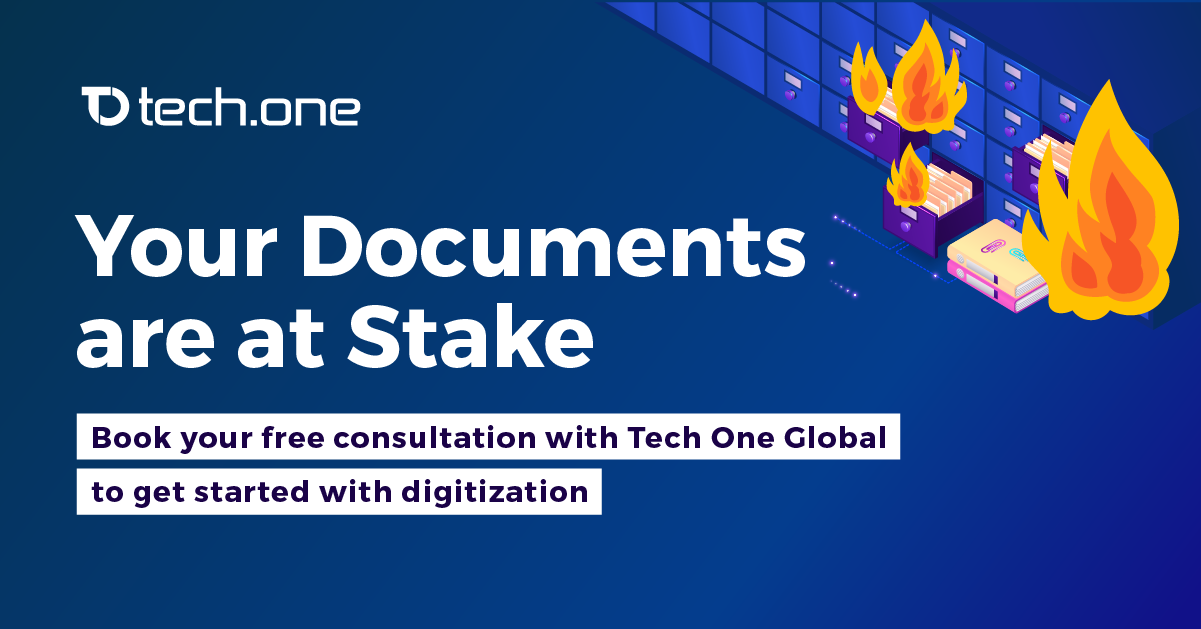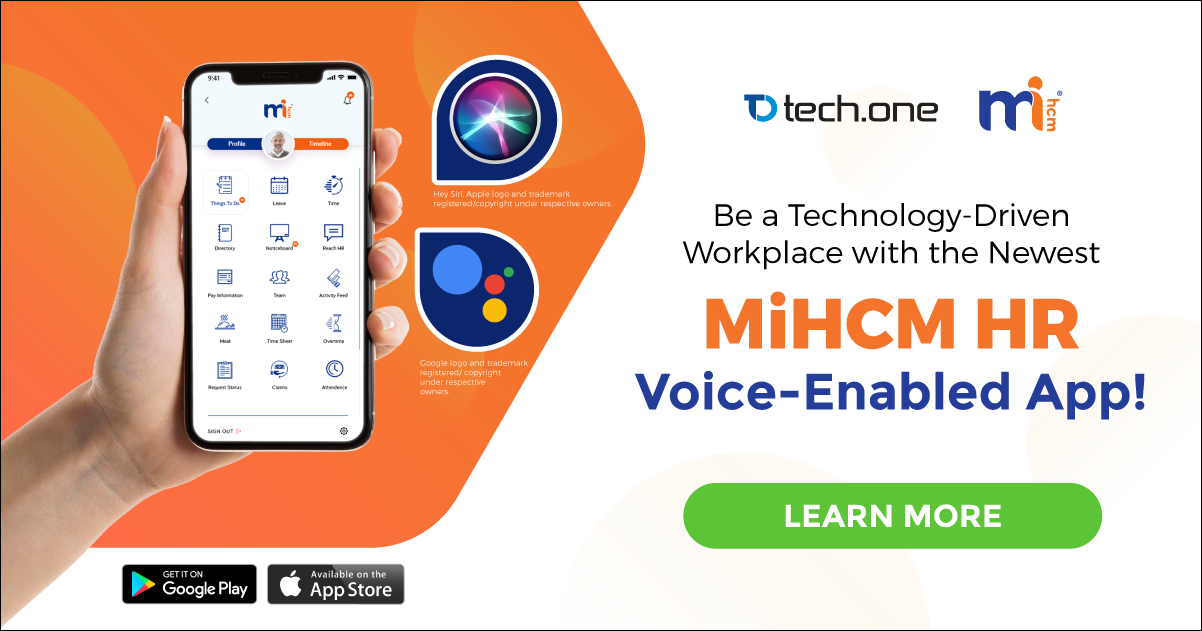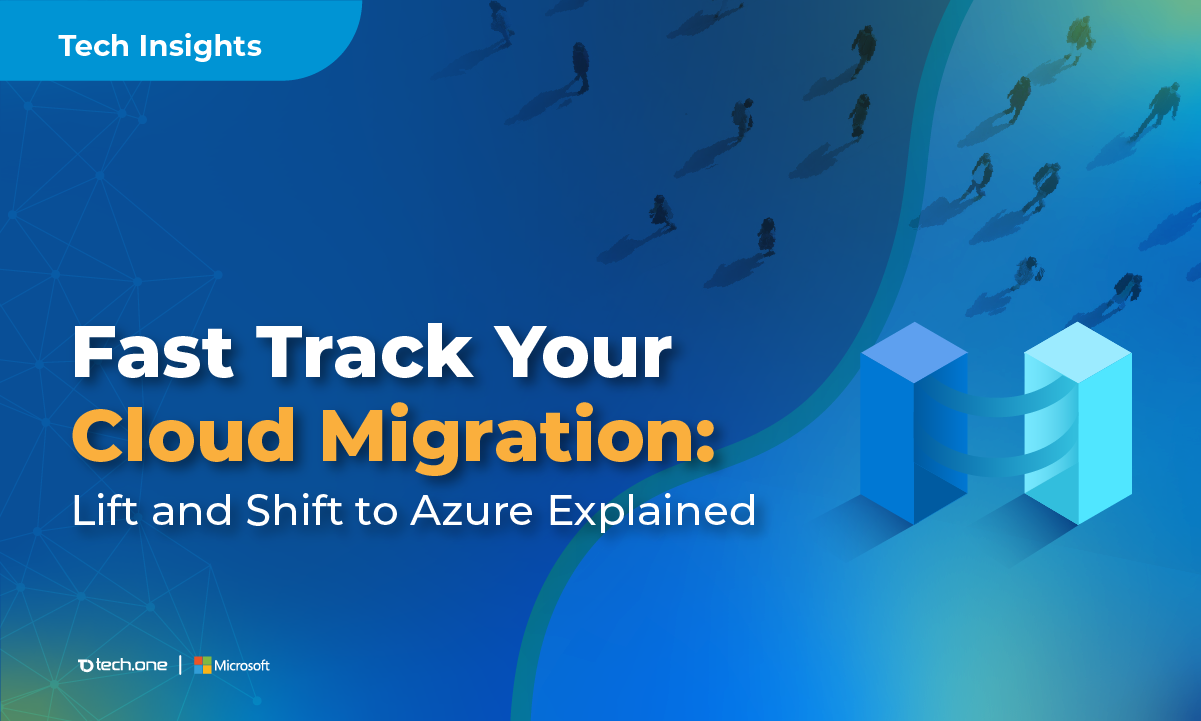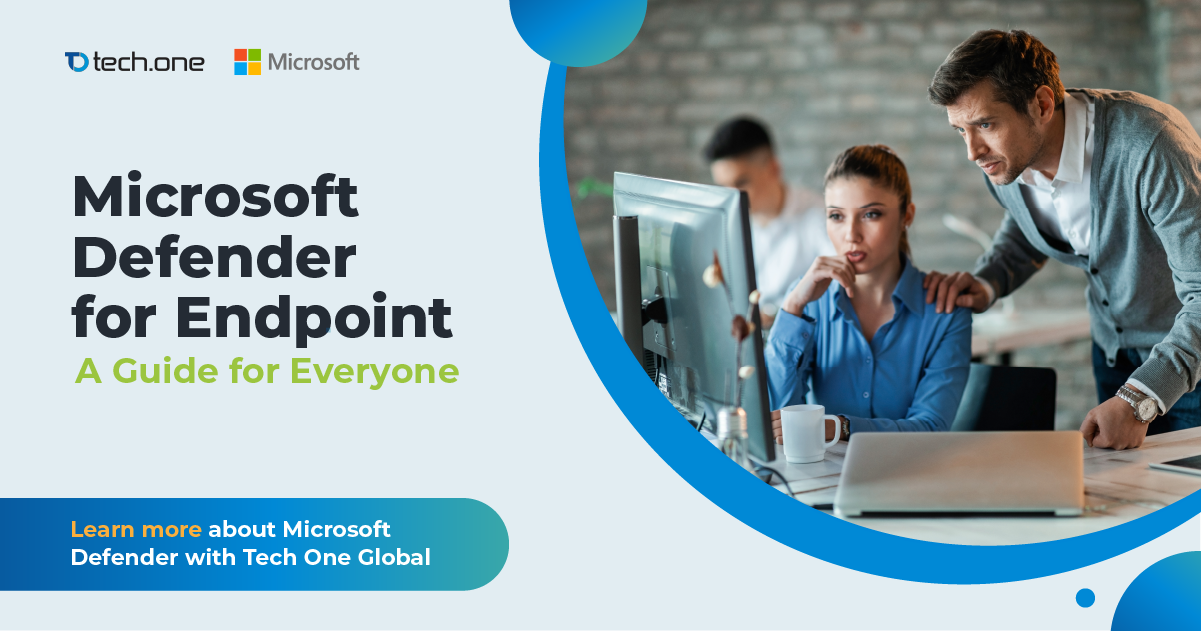
Let’s face it: amidst the digital transformation happening, government offices still find it a bitter pill to take, especially for those growing economies even to this day. Because, practically, who would need disruption if a legacy software is still usable, filing cabinets still do the archiving fine, and a front-office could still accommodate inquiries fast?
Thing is, digital transformation isn’t always about replacing what’s old but also means optimizing what’s existing. Doing either or both aims to two holistic goals: serve people better, save cost in the long run, and adapt to a more modern pool of citizens—all of these achievable only through a modern workplace.
When should you step into digital transformation? Now, while transitioning to a new year. But first things first: where should you begin?
Here are the technologies that government offices should consider acquiring for 2019:
An encompassing productivity suite
McKinsey Center for Government (MCG) has it that the world government can save up to $3.5 trillion once productivity is unlocked. Problem is, there’s no distinct way to measure the productivity of each employee in the government.
This can be addressed by Office 365, an encompassing productivity suite. It cuts cost in the long run as it comes in a bundle, featuring familiar office tools (Word, Excel, PowerPoint, etc.) and a professional email platform, Outlook. In terms of productivity, Office 365 is concerned not just in providing up-to-date and optimized tools but also in creating an engaged set of workers—more reason for them to be productive. Skype for Business, Yammer, and Teams are included to aid collaboration even more.
As for measuring as to how well they deliver outputs, PowerBi and Planner come in handy for tracking tasks loads and as to how effective the team in accomplishing those tasks. Not just that, these also allows data insights and visualizations that can be a basis for data-driven decisions in the future.
Empowering public office employees to productivity is raising the bar to a modern workplace. Measuring it flawlessly and gaining insights from it is leading the public office to a future-ready workplace. Harnessing both is a much greater opportunity for offices to save and allocate the savings to other projects.
A cloud-based document management system
If we would rank which are the most vulnerable public office assets, those must be the physical public records and the digital files stored in local drives. Disasters could hit any minute, system malfunctions or even hacking can occur in no time, so it is best to have documents be backed with digital copies stored in the cloud.
Enadoc is the all in one solution for this technology. It allows smooth digitization of physical copies from your mobile or local scanner straight to a secured cloud storage running with Microsoft Azure. Also, it provides layers of security features that doesn’t just stop from user credentials but could go as intricate as data encryption and user access levels. This allows you to disaster-proof and safeguard each data circulating all over your office.
With this kind of technology in each government office’s arsenal, document access and security work out seamlessly without compromising the full features of each other. Gone are the days of risky file management on drawers and unsecured, free-subscription online storage spaces.
An all-around AI assistant
In the US, AI has been showing promising value to local offices, yielding to positive returns of all sorts. Citing state of Maryland, AI technology reduced commute time for 700,000 drivers by 15% by implementing an AI traffic system. Other US states also started to adopt AI to their workflows such as Atlanta for their non-emergency citizen concerns, Detroit’s Police Department to incorporate it with facial recognition to their video monitoring, and many others.
If the established states felt the need and saw its value, how much more for developing economies who could maximize such technology even further?
For this, Cornelia is the best AI solution. She’s an intelligent AI assistant that could come into many forms, be it a knowledge-base assistant for your website, a chatbot helper for your social media platforms, or even a helpful mobile friend to keep citizens updated of government announcements.
Anything is possible with an AI technology, especially for Cornelia, as it is very adaptive to various platforms to automate menial to complex workflows.
Expect that 2019 would be a year that requires more and more technologies applied to public office processes as they are serving a diverse pool of citizens. Start with these technologies for a head start.
Get the appropriate solutions from a trusted expert, and that’s us. Questions? Inquiries? We’re here to help. Let’s talk.
Sources:







